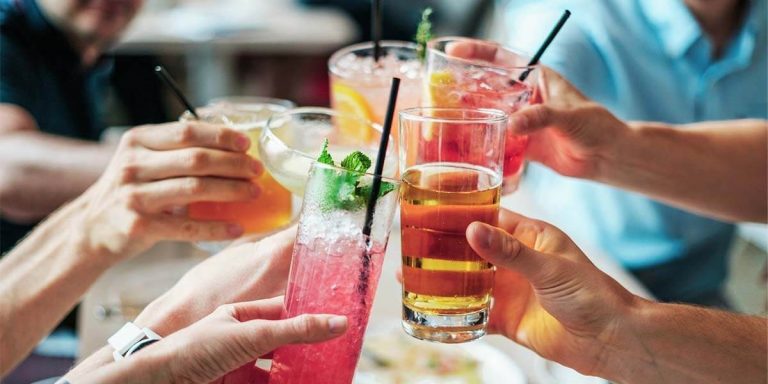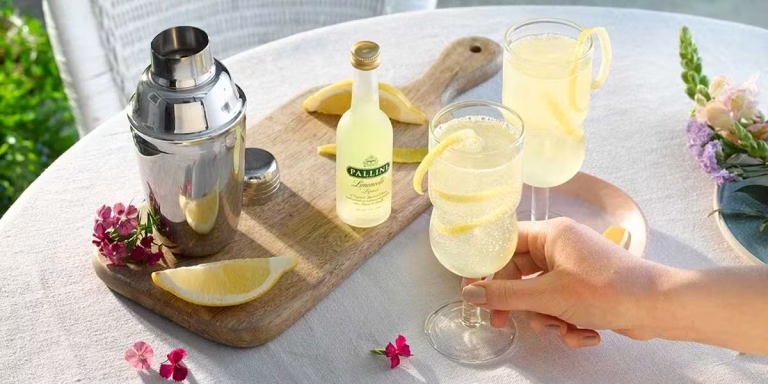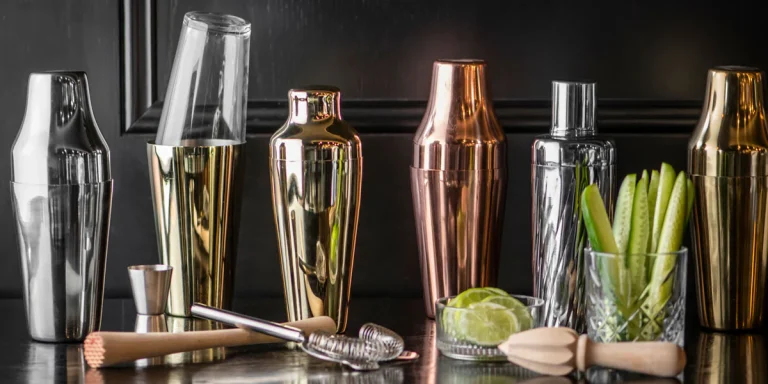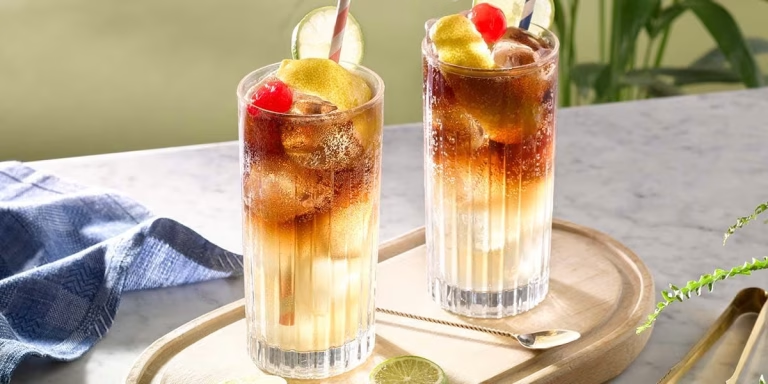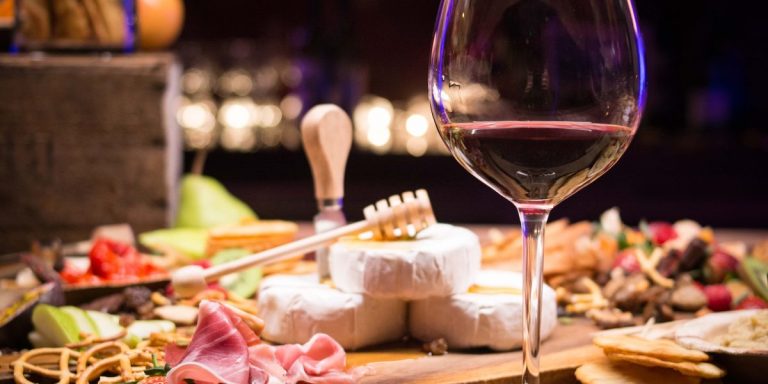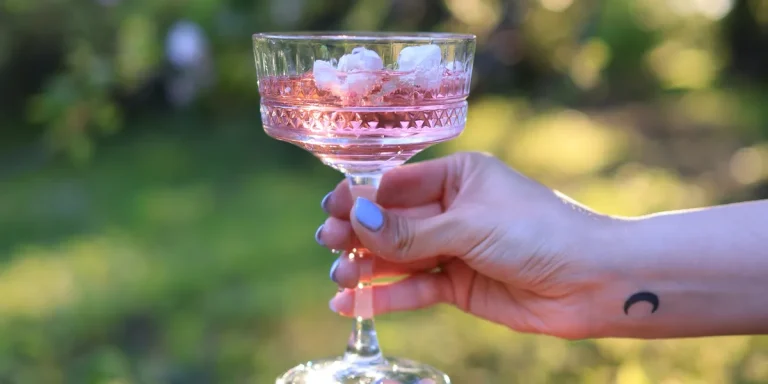Shake It Like a Pro: Mastering Cocktail Shakers
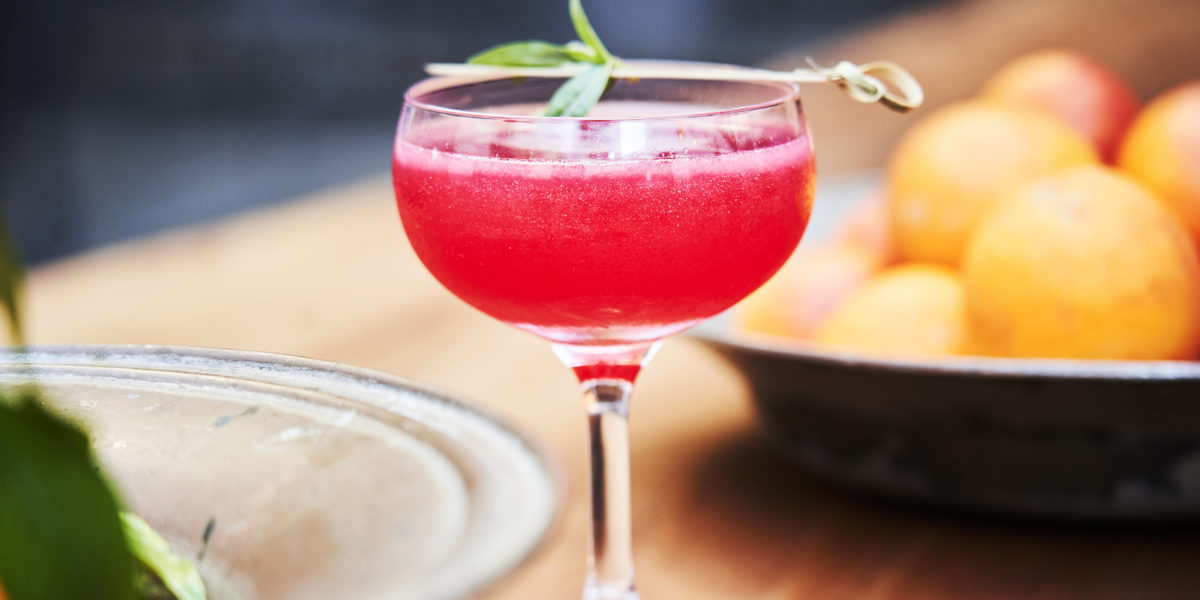
The first time I held a cocktail shaker in my hands, I realized it wasn’t just about mixing spirits. It was about creating a moment, a rhythm, a show that added life to the drink itself. A cocktail shaker is more than just a bar tool; it’s an instrument of transformation. With a shaker, I can take simple ingredients and turn them into something layered, refreshing, and full of character. The satisfying sound of ice clattering against steel feels like a prelude to a good story waiting to be told.
What struck me quickly was that not all shakers are the same. Picking one up is easy, but using it effectively requires finesse. The shake itself is a technique, not just a movement. I’ve learned through countless attempts that the right shake can either elevate a cocktail or leave it feeling lackluster. Mastering this process is what separates casual home bartenders from those who make every pour feel intentional.
Why Cocktail Shakers Matter
Whenever I set out to mix drinks, I think of the shaker as a bridge between imagination and execution. The moment liquids, ice, and flavors collide inside, they undergo a transformation that stirring alone could never achieve. A good shake adds aeration, chills the drink, and blends ingredients into a seamless harmony.
I’ve had drinks where the citrus and spirit felt disconnected because they weren’t shaken properly. On the other hand, a well-shaken daiquiri or margarita feels bright, balanced, and full of life. That difference is noticeable to anyone, whether they know much about cocktails or not. This is why bartenders take the shaking ritual so seriously. It’s not just presentation; it’s a necessary step to create consistency, clarity, and taste.
The Main Types of Cocktail Shakers
Over time, I came to realize that cocktail shakers fall into a few categories, each with its own personality. The one I choose often depends on mood, occasion, and convenience.
The Cobbler Shaker
This style is the most approachable. It comes with a built-in strainer and a cap, making it convenient for beginners. I started with a cobbler shaker, and while it served me well, I quickly realized it can sometimes stick shut when chilled. Still, I find it handy when I want to make a single cocktail without fuss.
The Boston Shaker
The Boston shaker, made up of a mixing glass and a metal tin, feels like the classic choice of professionals. At first, I struggled with sealing and separating it without making a mess. But after some practice, it became second nature. The Boston shaker has become my go-to because it allows me to shake with confidence, control the dilution better, and look like I know what I’m doing behind the bar.
The French Shaker
This is the elegant option. The French shaker has two metal pieces that fit together smoothly. It doesn’t have a built-in strainer, so I need to pair it with a Hawthorne or julep strainer. I use this one when I want to add a little flair to the process, especially when I’m entertaining. It feels sleek and stylish, even though it requires a bit more effort than the cobbler.
Finding the Rhythm of a Shake
When I first started shaking cocktails, I thought it was all about brute force. The harder I shook, the better the drink would turn out or so I believed. But over time, I discovered it’s about rhythm and control. A smooth, consistent motion is more effective than a frantic one.
I like to shake with both hands, holding the shaker at a slight angle so the ice moves from end to end. This creates maximum contact between the ice and liquid, which is where the magic happens. The duration of the shake matters too. I usually aim for about 10 to 15 seconds, but it varies depending on the drink. Citrus-heavy cocktails often need a stronger shake, while spirit-forward drinks sometimes need just a gentle mix.
The Sound and Feel of the Shaker
One of the things I enjoy most about shaking is the sound. The clink and crash of ice inside the metal shaker almost feels like percussion, setting the pace for the drink. Over time, I’ve learned to listen for subtle cues. When the sound of the ice starts to dull, it’s often a sign that the drink has reached the right level of chill and dilution.
The shaker also gives feedback through feel. The metal frosts over, the weight shifts slightly, and my hands tell me when it’s time to stop. These sensory details make the process less about mechanics and more about intuition.
Ice and Its Impact
I used to think ice was just ice, but cocktail shaking taught me otherwise. The size and shape of ice influence the final product more than most people realize. Large cubes create a slower dilution and give a drink a clean finish. Crushed ice cools quickly but dilutes more, making it perfect for certain tropical or refreshing drinks.
For shaking, I usually prefer large, solid cubes. They’re reliable and don’t break apart too easily, which gives me more control. However, I’m not against using smaller ice pieces if I want a drink with a bit more dilution, especially on a hot day. Choosing the right ice is part of the artistry that makes every cocktail unique.
Straining and Serving
Once the shake is complete, straining the drink is just as important as the shake itself. With a cobbler shaker, it’s straightforward because the strainer is built in. With a Boston or French shaker, I rely on a Hawthorne strainer, and sometimes a fine mesh strainer if I want an extra-smooth texture.
I love the ritual of straining into a chilled glass. Watching the liquid pour out, slightly frothy and full of life, feels rewarding. The presentation matters, because the drink is not just about taste it’s about how it looks and how it makes someone feel the moment it’s placed in front of them.
Developing Personal Style
Shaking cocktails is as much about personality as it is about technique. I’ve seen bartenders who shake with sharp, dramatic motions, almost like they’re putting on a show. Others keep it minimal, steady, and precise. Over time, I’ve developed my own style, somewhere between expressive and controlled.
When I shake, I’m not just mixing ingredients. I’m communicating a little bit about myself my energy, my attention to detail, my love for the craft. Every shake tells a story, and I think that’s what makes cocktail culture so fascinating.
Common Mistakes and How I Avoid Them
In my early days, I made just about every mistake possible. Sometimes I’d under-shake, leaving the drink flat and warm. Other times I’d overshake, creating too much dilution. I’ve also had my fair share of spills from a poorly sealed shaker. Each mistake was a lesson, and slowly, I built up confidence.
Now, I always double-check the seal before shaking. I pay attention to the type of ice I’m using. I listen for cues rather than relying solely on timing. Most importantly, I remind myself that shaking is about balance. Too much force or too little attention can ruin what could have been a perfect cocktail.
Shaking as a Form of Performance
I’ve come to see cocktail shaking as more than a functional step. It’s a performance. Guests watch with anticipation, waiting for the drink to come to life. The motion, the sound, the frost on the shaker it all adds to the theater of bartending.
When I’m hosting, I like to let the shake become part of the experience. It draws people in, sparks conversation, and makes the cocktail feel more special. This performative aspect is part of what makes the craft so enjoyable, both for the person making the drink and for those drinking it.
Building Confidence Behind the Bar
Mastering a cocktail shaker gave me more confidence not only in mixing drinks but also in sharing them with others. Every time I prepare a drink for someone, I feel a little surge of pride when I shake it well and see their reaction to the finished product.
Confidence comes with repetition. The more I practiced, the more natural it became. Now, I can focus less on the technical steps and more on creativity. That’s where the fun really begins experimenting with flavors, trying new combinations, and tailoring drinks to fit the moment.
Final Thoughts
Shaking cocktails taught me more than just how to prepare a drink. It taught me patience, rhythm, and the importance of small details. A cocktail shaker may look like a simple tool, but in reality, it’s an essential part of what makes cocktails such a joy to create and enjoy.
Every time I pick up a shaker, I feel like I’m part of a larger tradition one where skill, style, and hospitality blend together. It’s not about making the most complex drink or showing off. It’s about respect for the process and the pleasure of sharing something crafted with care.
So when I shake it like a pro, it’s not just about technique. It’s about passion, rhythm, and the joy of watching a drink transform right before my eyes.

